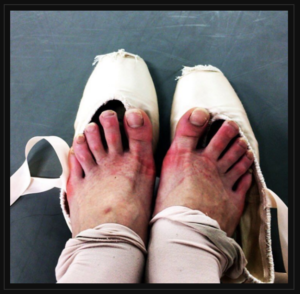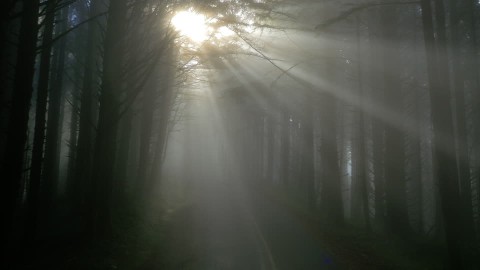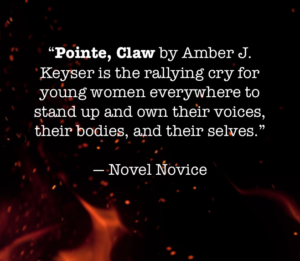My recent novel POINTE, CLAW came out the same day as WHAT GIRLS ARE MADE OF, a powerful novel about love and anti-love, female power and self-sabotage by Elana K. Arnold. She and I recently completed a West Coast book tour for these two books. We hit cities from LA to Seattle talking about Feminism and the Female Body. You can read our notes from the road here and here and here.
Our novels are twins of a sort. Not only did they come out on the same day but both are heart-wrenching and rage-y explorations of what it means to be a girl in a girl’s body at this time and place in history, when the physical and emotional well-being of women is under assault. Elana and I also share an editor, Alix Reid, the Executive Editor of Carolrhoda Books and Carolrhoda Lab, whose insights shaped our stories.
We asked Alix what it was like to work on these two books at the same time. Here’s what she said:
It was so exciting for me to have two books on my list, POINTE, CLAW and WHAT GIRLS ARE MADE OF, that both dealt with how young women are boxed into narrow definitions of what it means to be female and feminine and feminine “enough.” Although entirely different in content, the themes of each book touched on one another and made me ever more aware of how important it is to speak UP and speak OUT about ways in which girls are put in boxes, are silenced, are made to feel less than.
Both books show how ingrained patriarchy is, buried even in the girls themselves, so that they are the ones who are monitoring their own femininity as much as the outside world. I think that was one of the richest parts of working on these books for me—both Amber and Elana understood that what can pose the most danger to young women’s sense of themselves is that they unconsciously absorb false messages about what it means to be a girl the world around them—that they are they become their own jailers, in some sense, inflicting punishment on themselves if they feel they are not somehow matching an external definition of femininity.
We need books like POINTE, CLAW and WHAT GIRLS ARE MADE OF to show readers the dangers inherent in what continues to be a patriarchal culture, and we continue to need stories of girls who transcend the narrow definitions of femininity that can bind them and restrict them. Books like these two give girls ways of seeing they are not alone, show them how easy it is to get caught up in false definitions of femininity, and give them ways of thinking differently about themselves in ways that aren’t preachy or heavy-handed.
Editing these two books brought back many memories from when I was a teenager, and reminded me of by my own doubts and fears about whether I was a “good girl.” I wish I’d had these books to read back then—I know they would have helped me!


